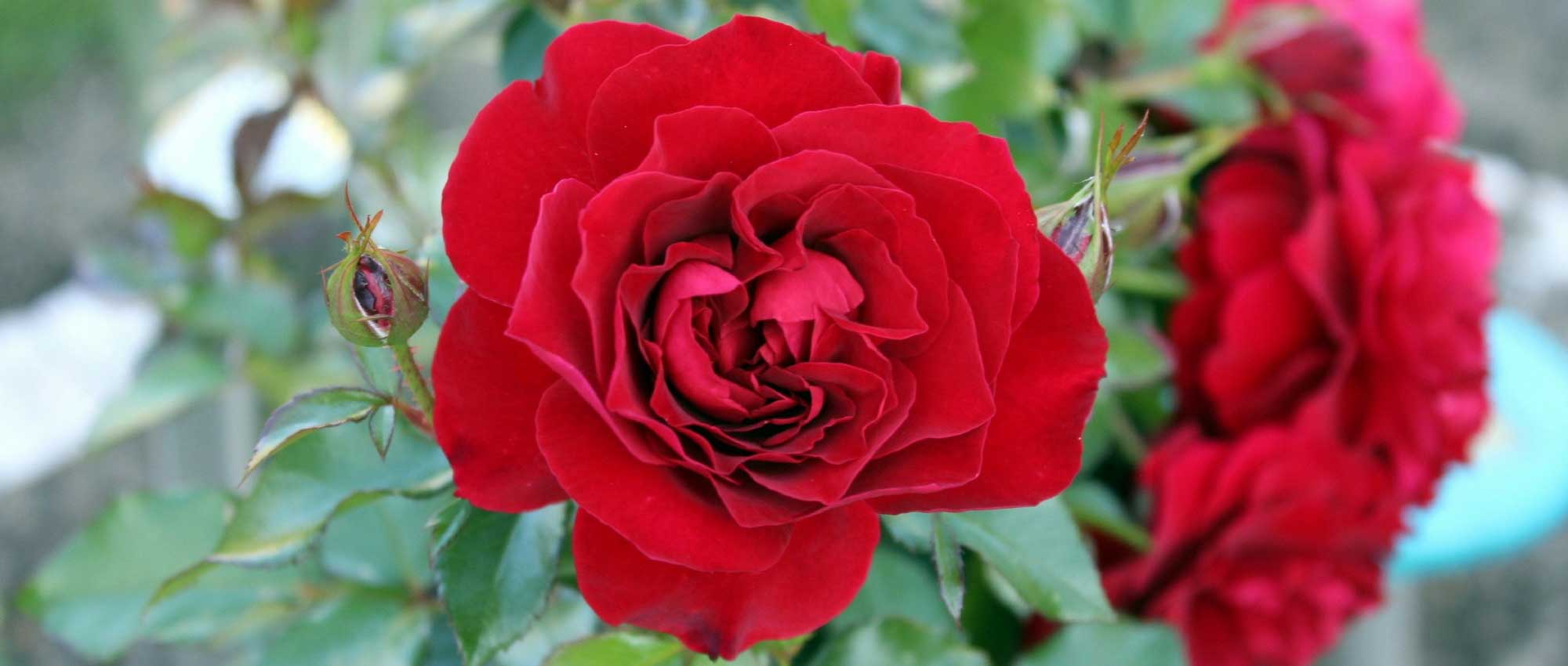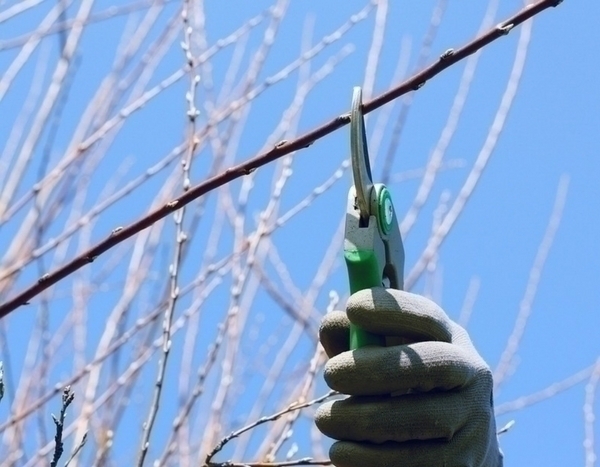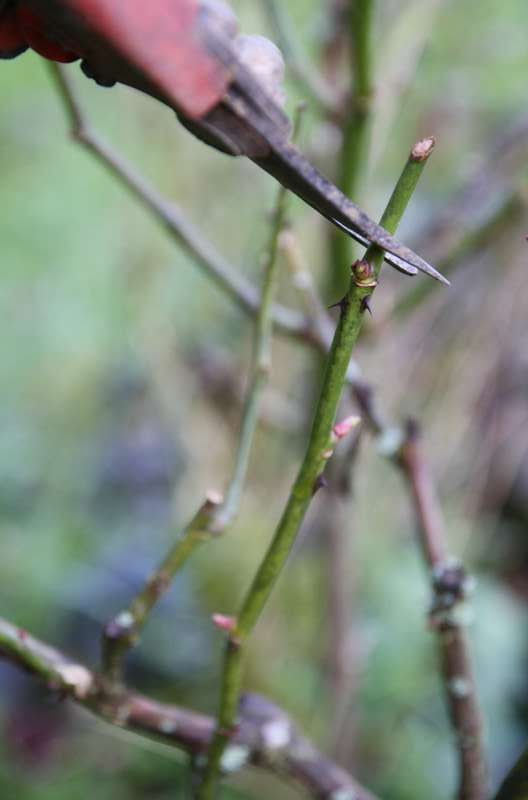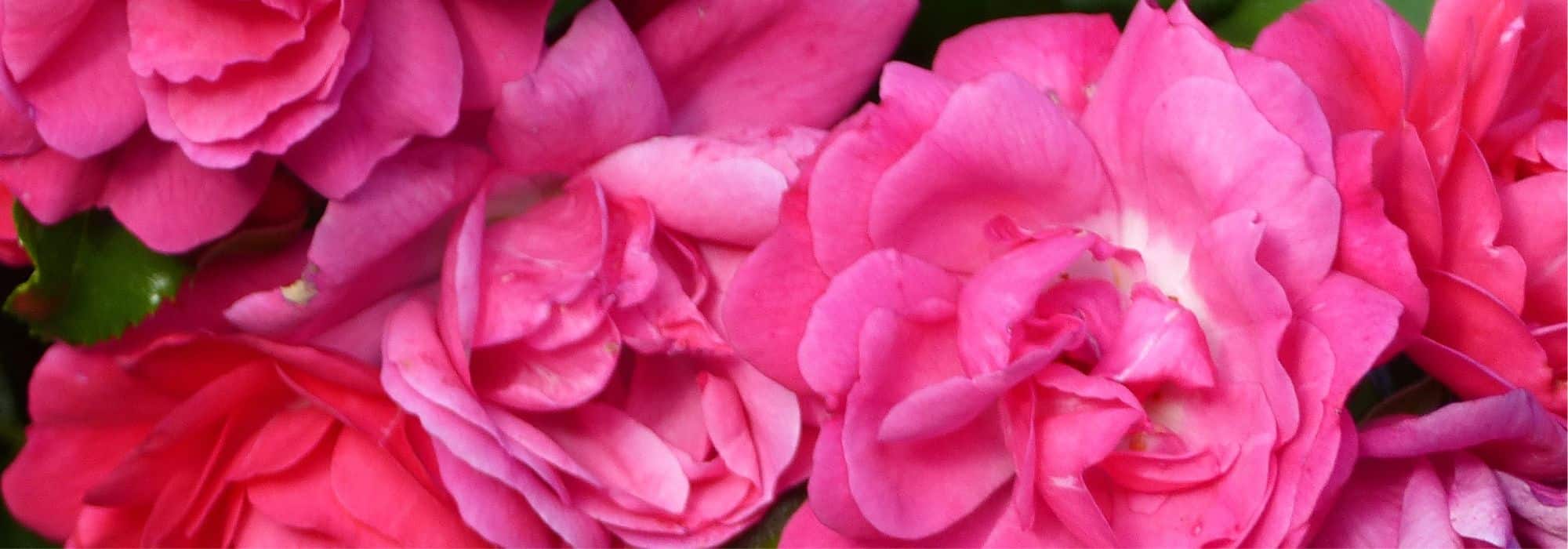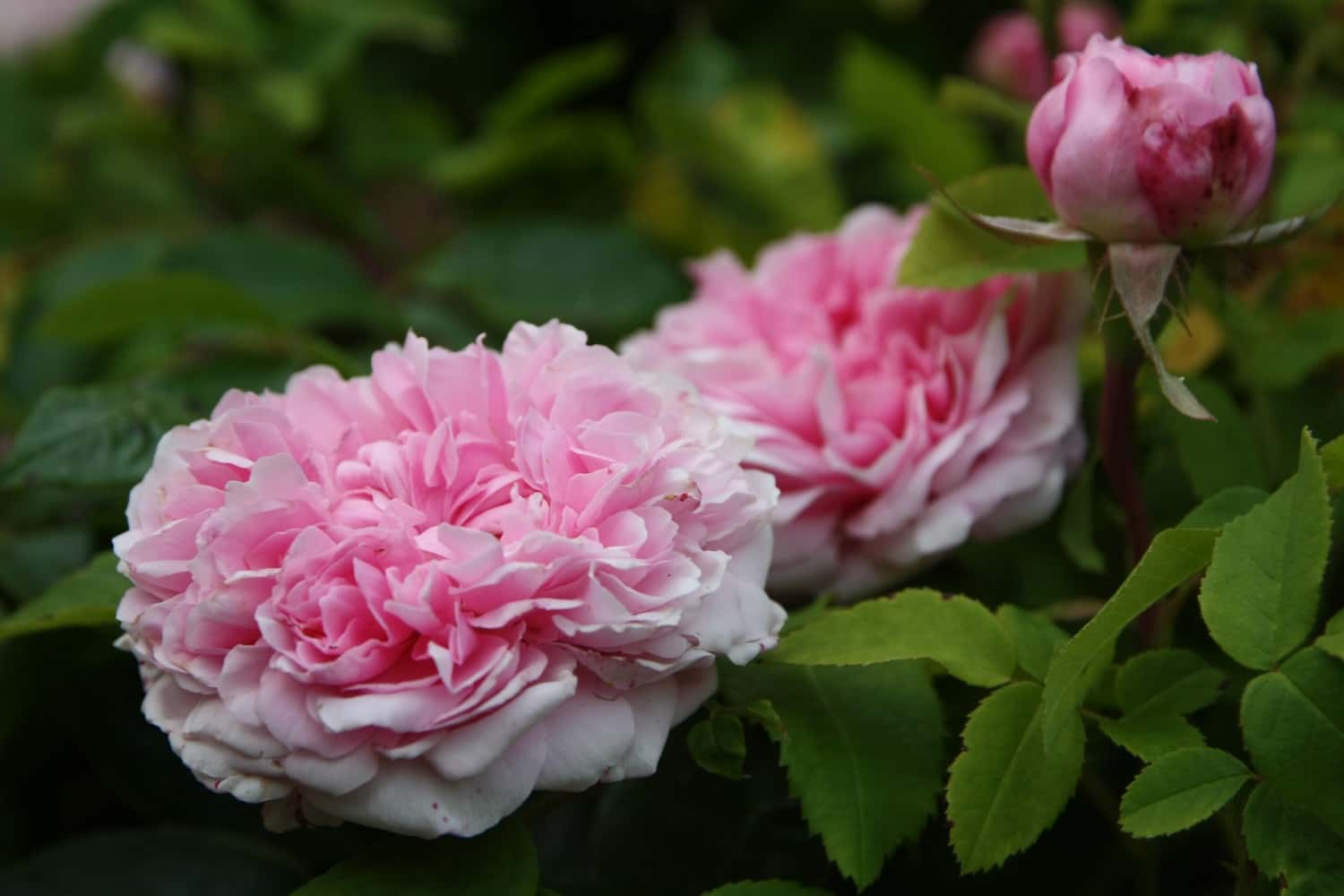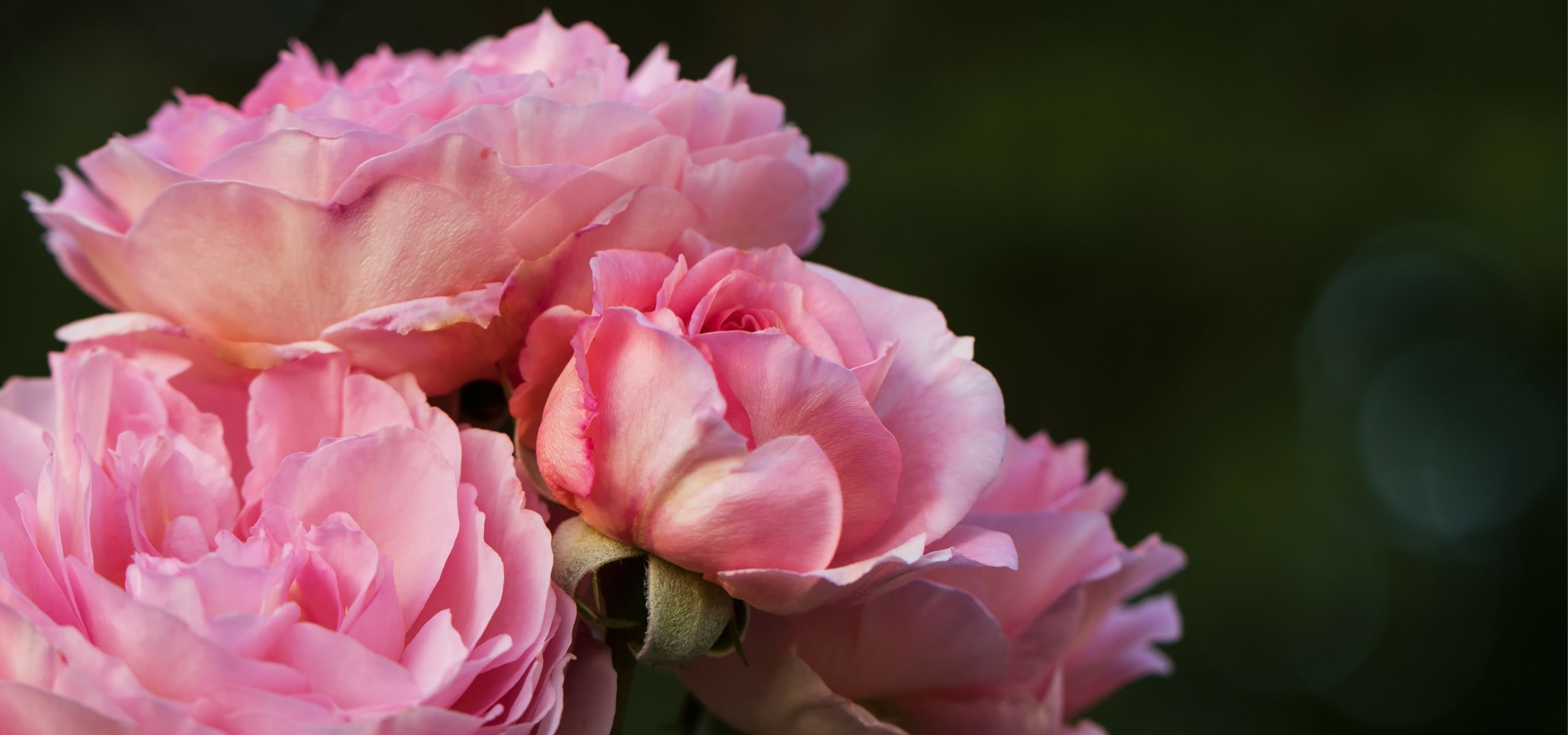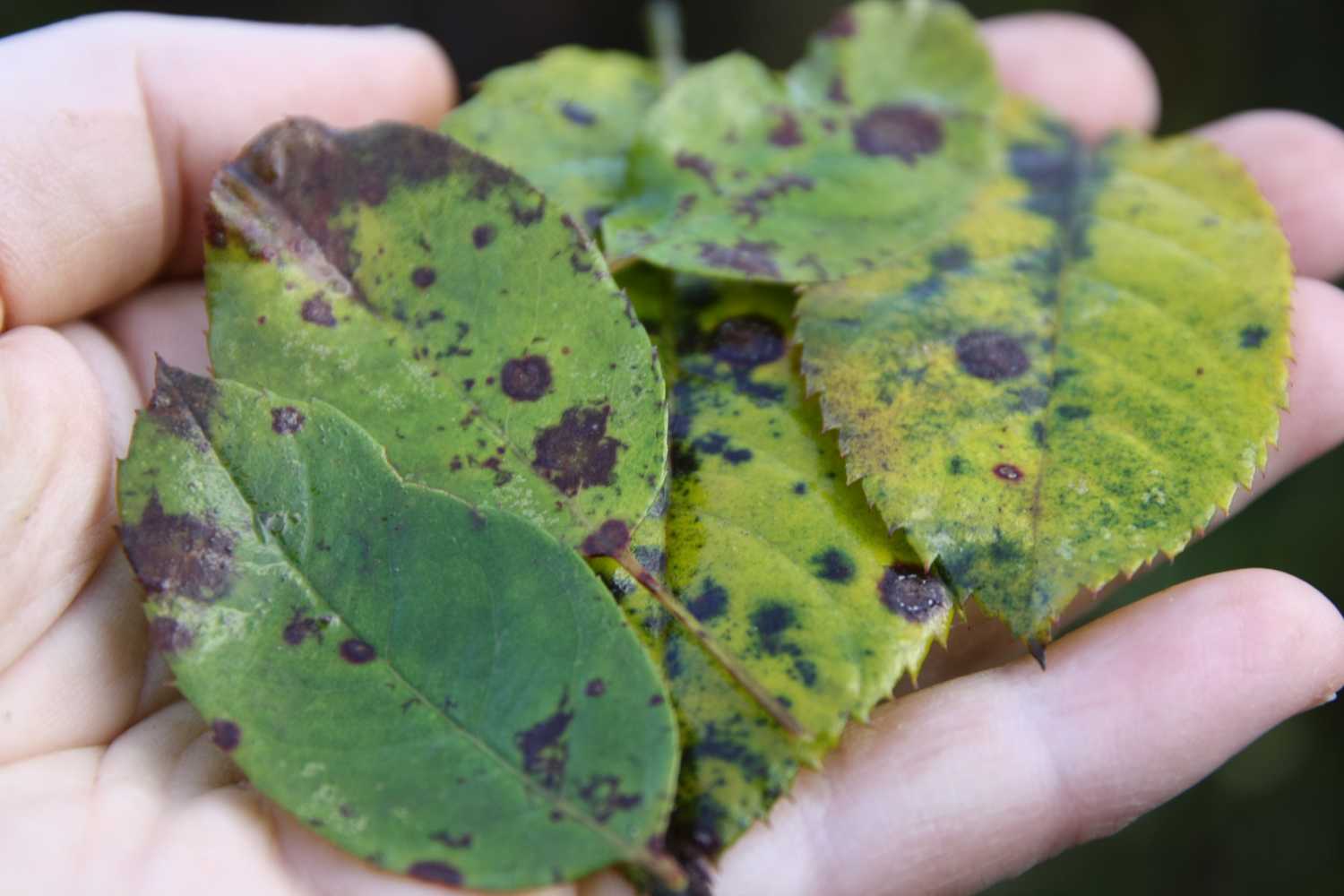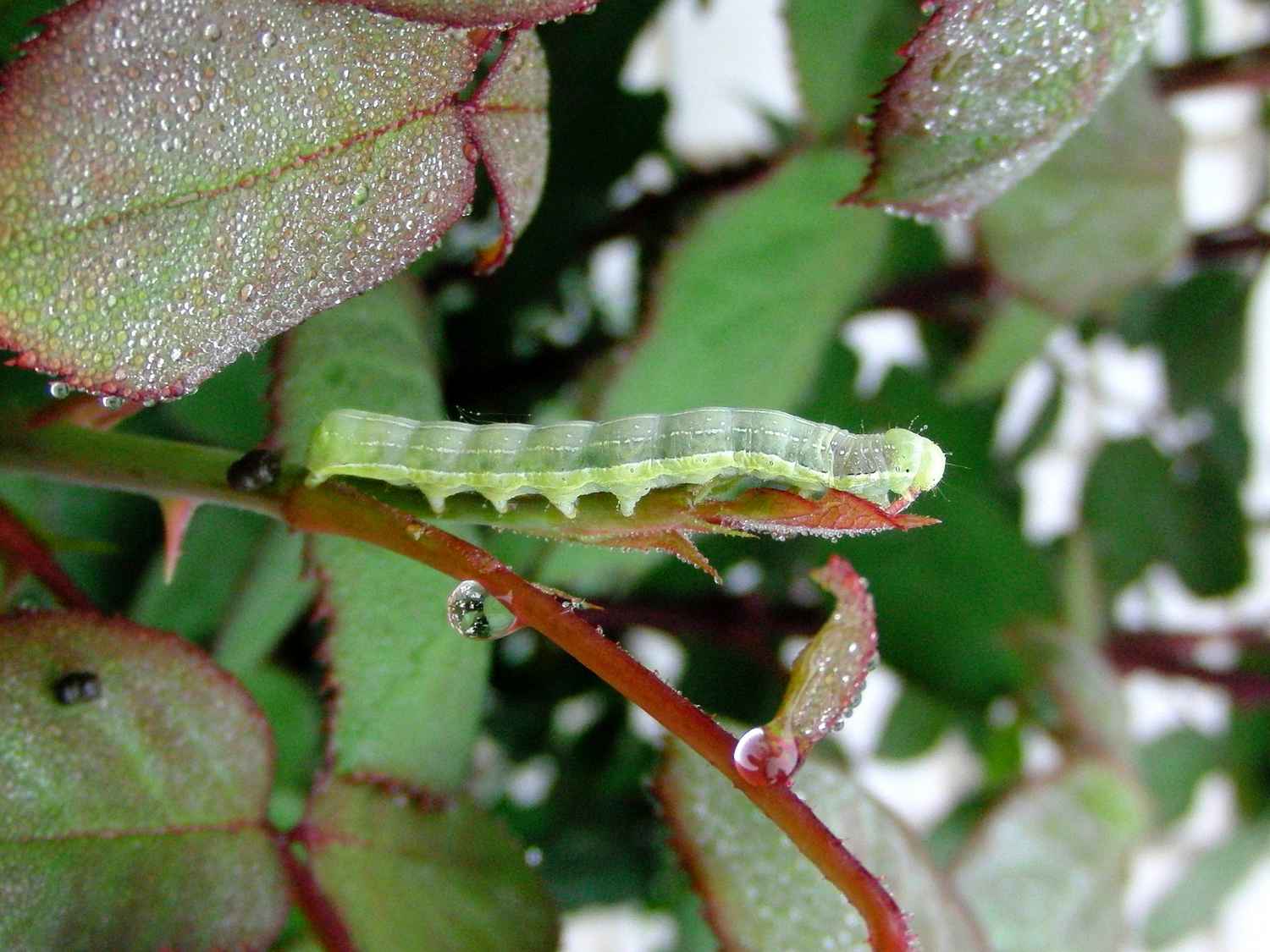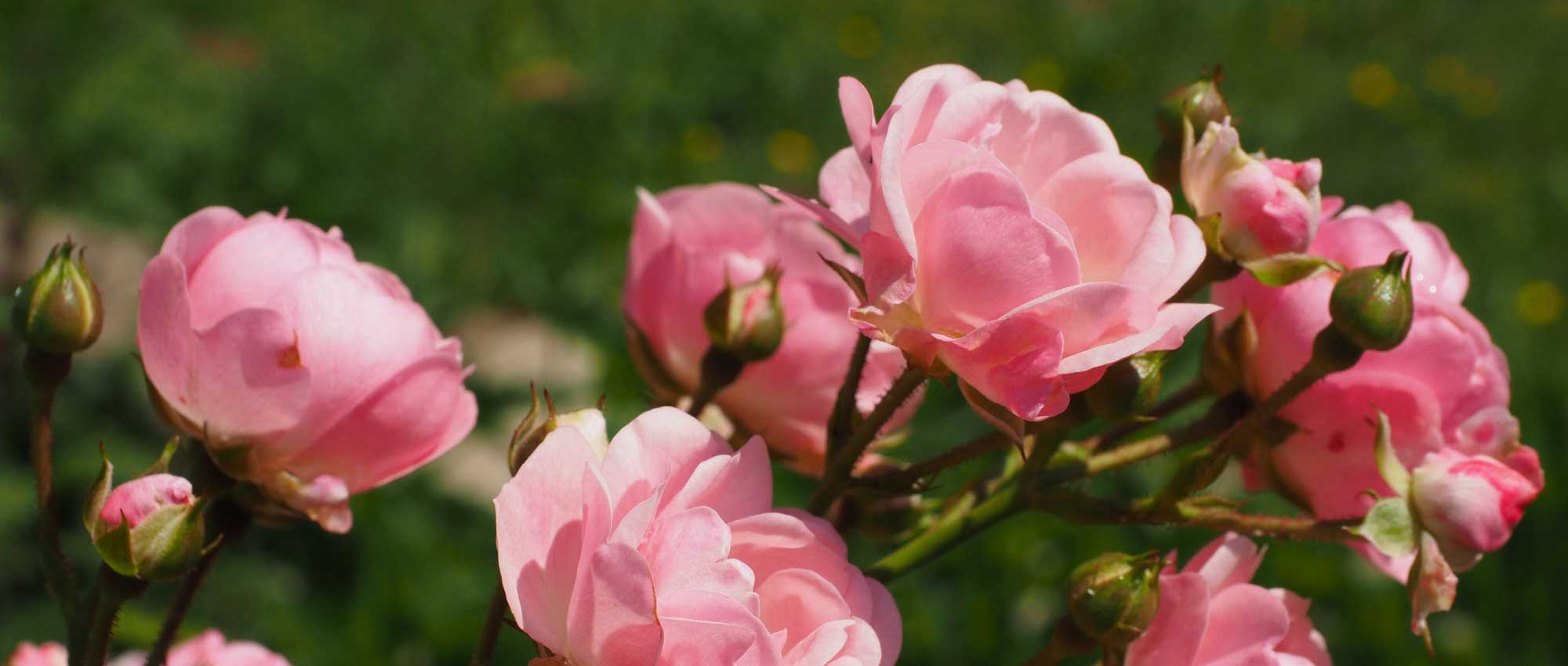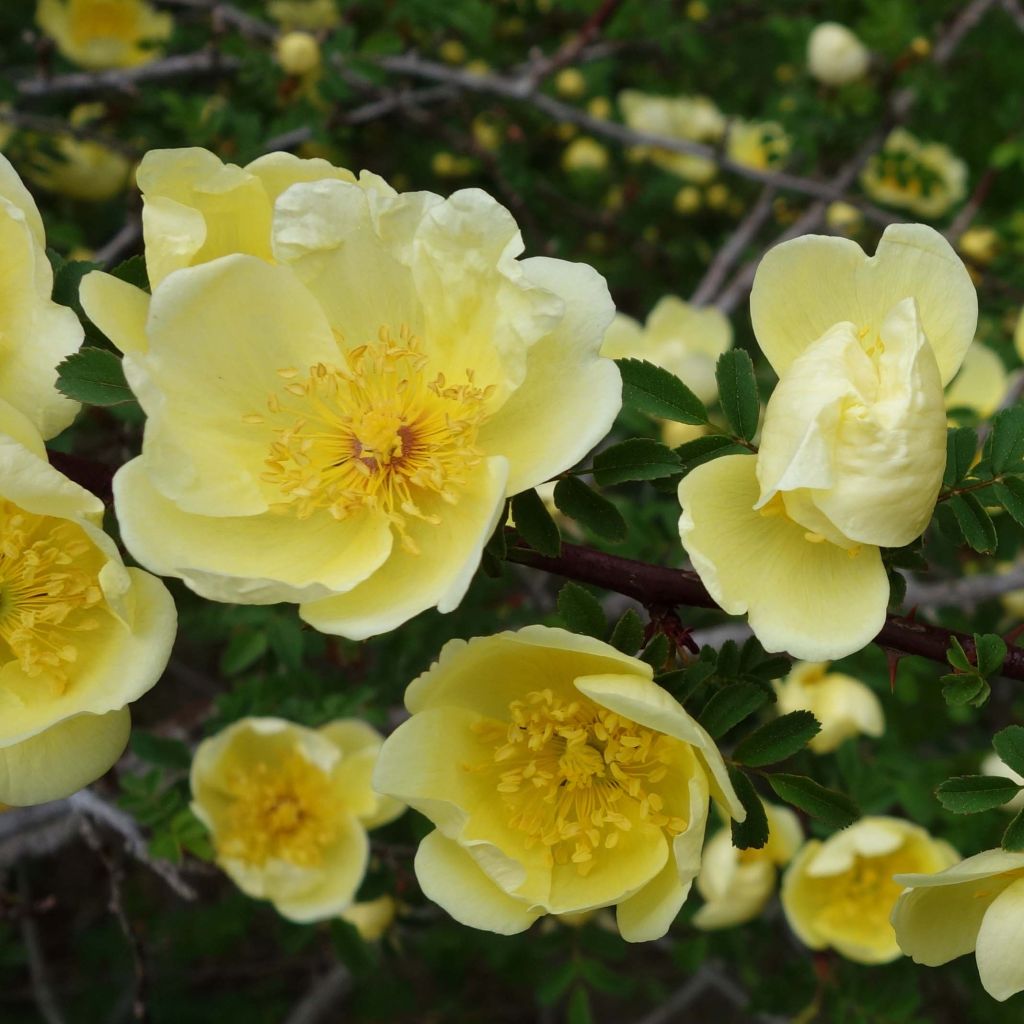

Rosa hugonis
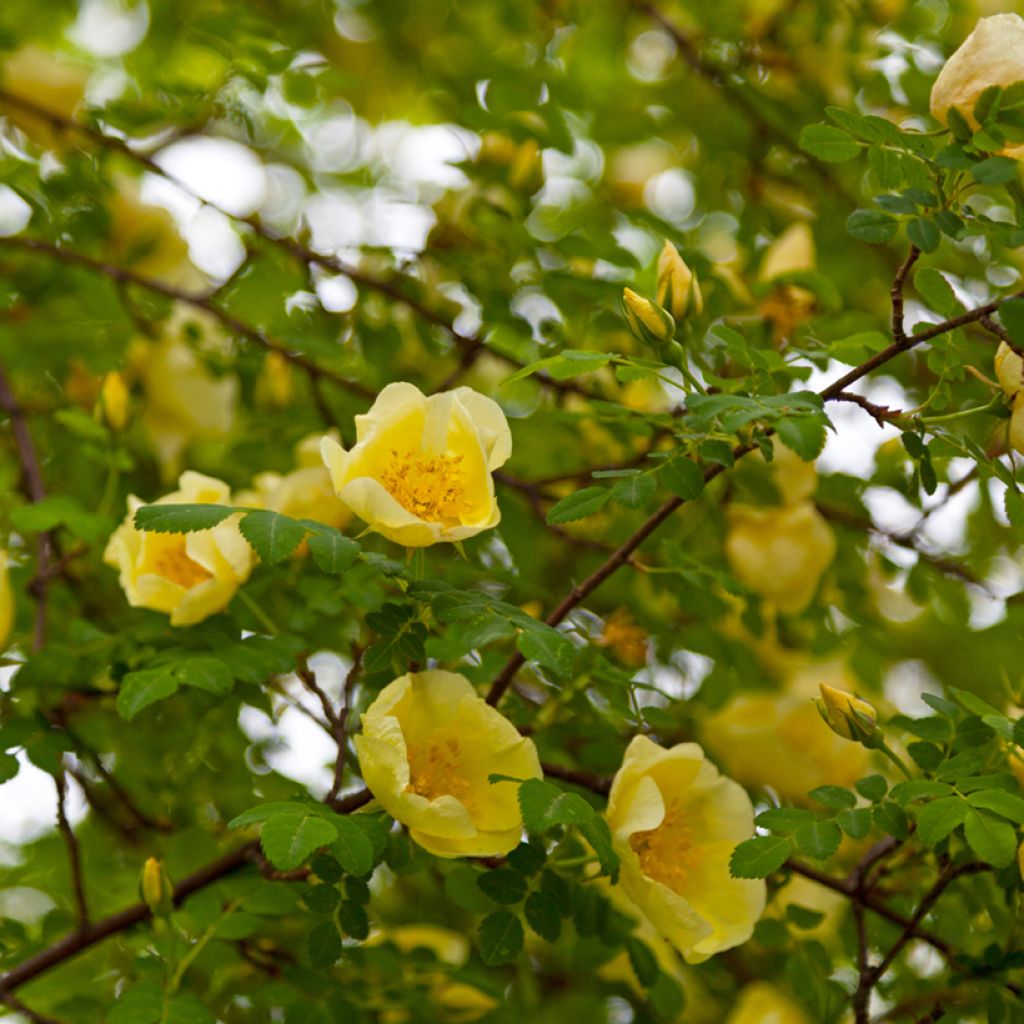

Rosa hugonis
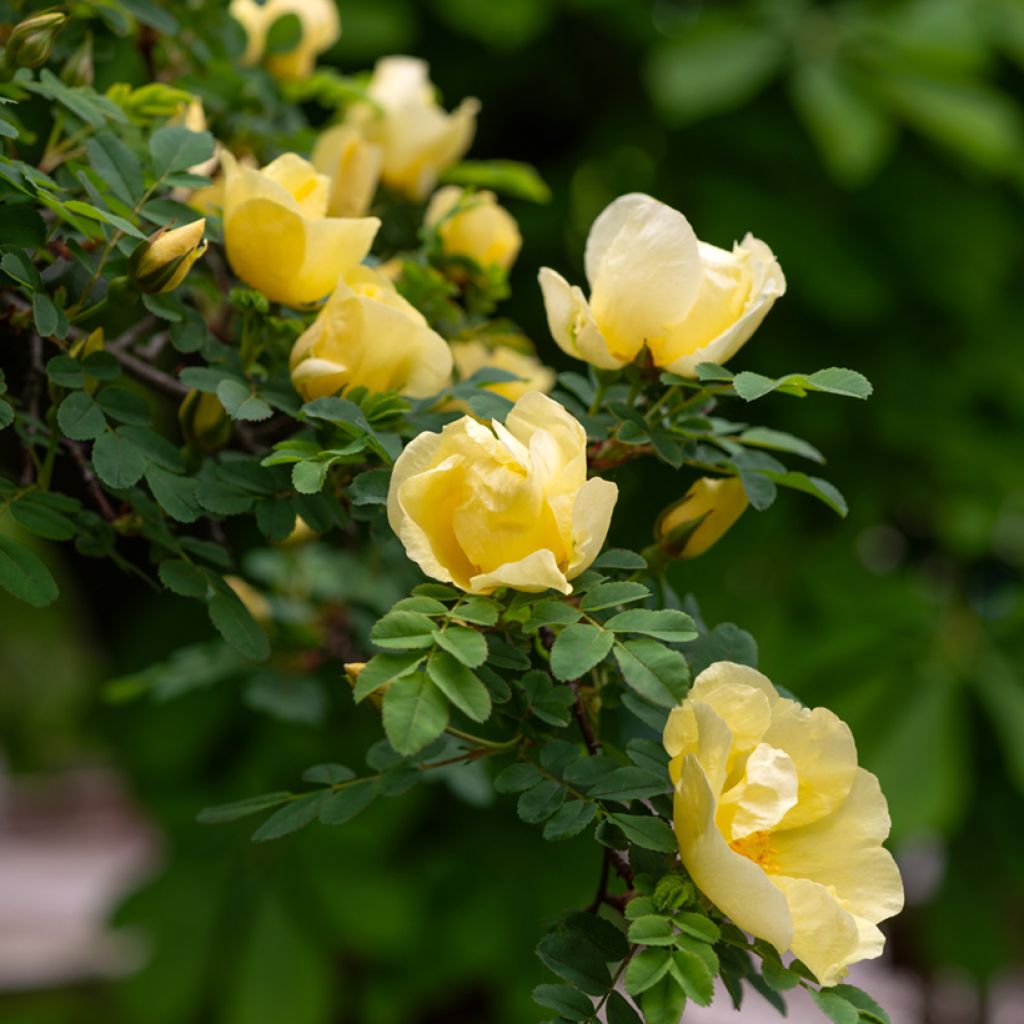

Rosa hugonis
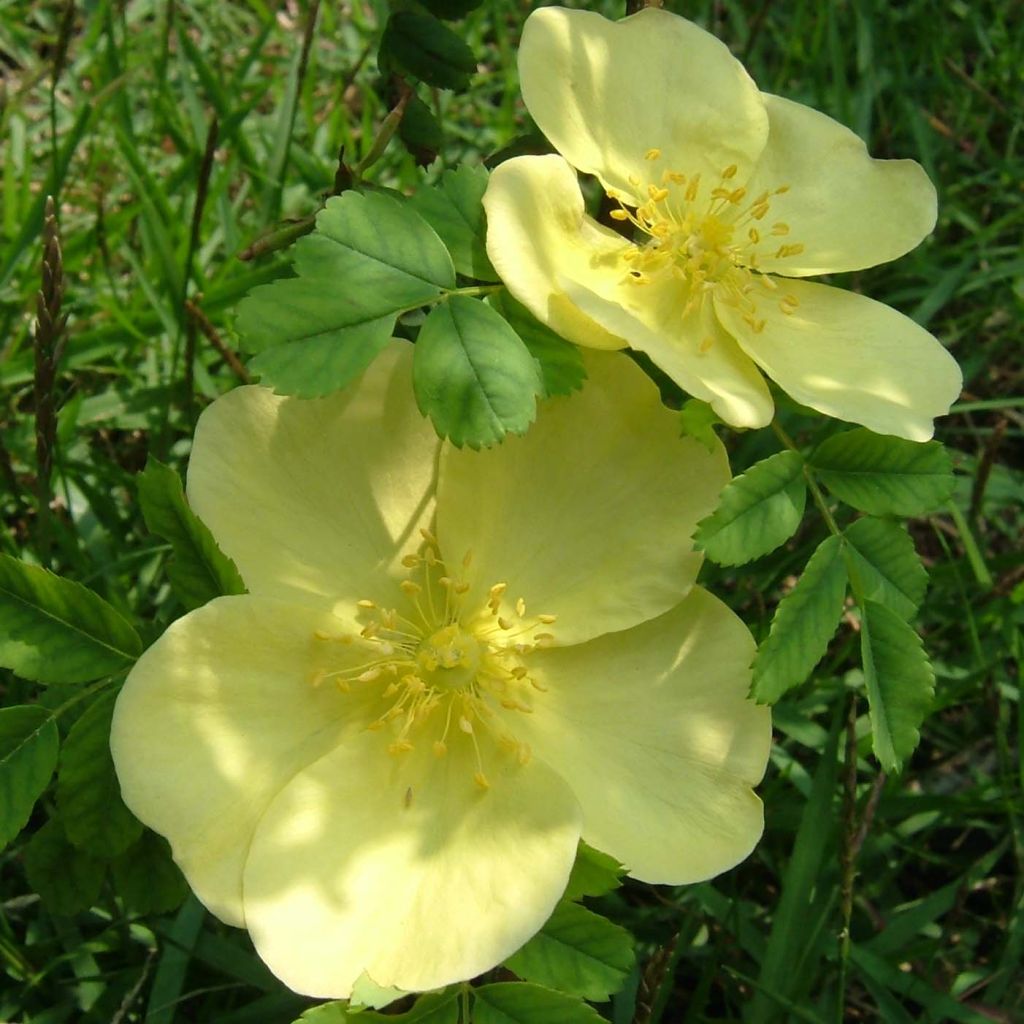

Rosa hugonis
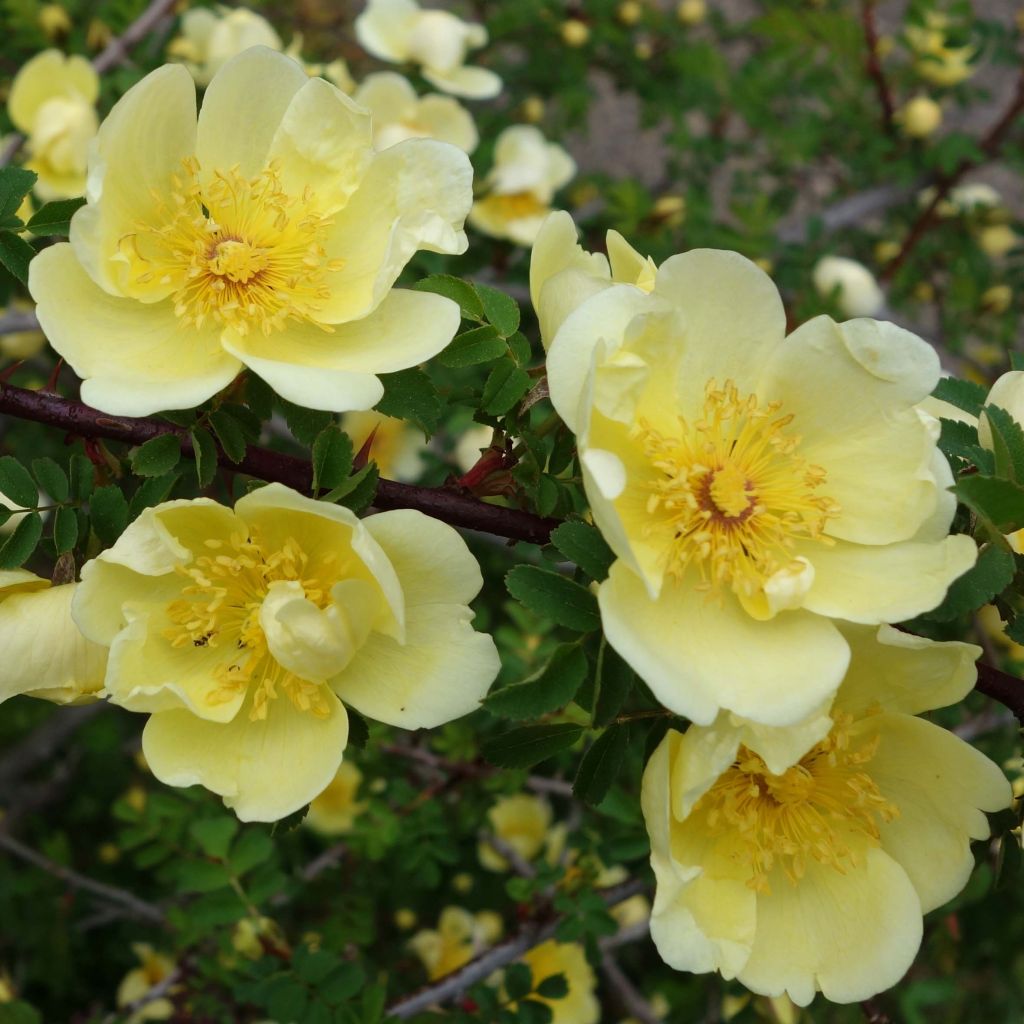

Rosa hugonis
Rosa hugonis
Rosa hugonis
Hugo's Rose
Special offer!
Receive a €20 voucher for any order over €90 (excluding delivery costs, credit notes, and plastic-free options)!
1- Add your favorite plants to your cart.
2- Once you have reached €90, confirm your order (you can even choose the delivery date!).
3- As soon as your order is shipped, you will receive an email containing your voucher code, valid for 3 months (90 days).
Your voucher is unique and can only be used once, for any order with a minimum value of €20, excluding delivery costs.
Can be combined with other current offers, non-divisible and non-refundable.
Home or relay delivery (depending on size and destination)
Schedule delivery date,
and select date in basket
We guarantee the quality of our plants for a full growing cycle, and will replace at our expense any plant that fails to recover under normal climatic and planting conditions.
Description
Rosa hugonis, also known as Hugo's Rose or Yellow China Rose, has the charm and robustness of a wild plant, combined with a magnificent and long spring flowering. Among the first to emerge from its winter dormancy, this botanical rose blooms very early, for almost a month, producing a thousand simple roses in the shape of wild roses adorned with a pale yellow glow. They are scattered along its thorny branches, shaping a large bush with fern-like foliage. In autumn, its small pimpinellifolia rose leaves turn crimson, like those of the most beautiful maples. Perfectly resistant to diseases, very hardy, and tolerant to drought, it just needs a little warmth and sunshine to flourish fully.
Rosa Hugonis is a wild rose native to central northern China, where it grows on the edge of forests in rugged regions at an altitude between 600 and 2300m (7545 in 11 ft). It was discovered there by a British missionary, Reverend Hugh Scanlan, and introduced to Europe in 1899. It is a large bush with a rounded habit, reaching up to 2 m (6 in 7 ft) in all directions. Its dark brown branches bear flat and straight thorns and cilia on long peripheral shoots. The finely cut foliage resembles that of pimpinellifolia roses. It is composed of leaves divided into 5 to 13 small, ovate leaflets of bright green colour that turn brownish-purple in autumn. Flowering begins very early, usually in May. It is long and abundant, with many single, cup-shaped, solitary flowers, 5 cm (2 in) wide, arranged along the stems. Their colour is primrose yellow or sulphur yellow. They give way to small, decorative mahogany brown hips. Its roses sometimes struggle to bloom in less sunny and humid climates fully.
Botanical roses might be the perfect fit if you want a rose that can thrive in challenging climates and poor soils. Not only are they the ancestors of our modern roses, but they are also generally more robust and reliable. Among these roses is the Rosa hugonis, a vigorous and floriferous light rose that catches the eye twice a year. It can create a copse or defensive hedge due to its thorny mass that is hard to cross. For a more colourful garden, you can combine it with cotinus for autumn colours, lilacs and mock oranges for their sweet fragrance in spring, buddleias for summer, and viburnums that grow well in any condition. Once well-established, this bush is hardy, low-maintenance and drought-resistant, making it a perfect fit for a south-facing garden.
Rosa hugonis in pictures
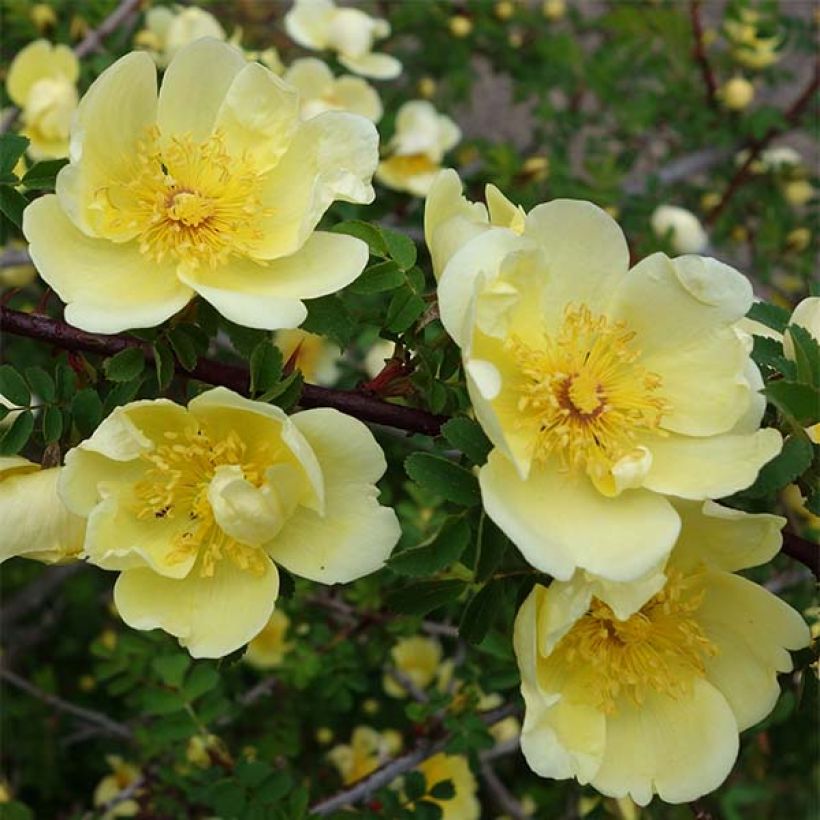

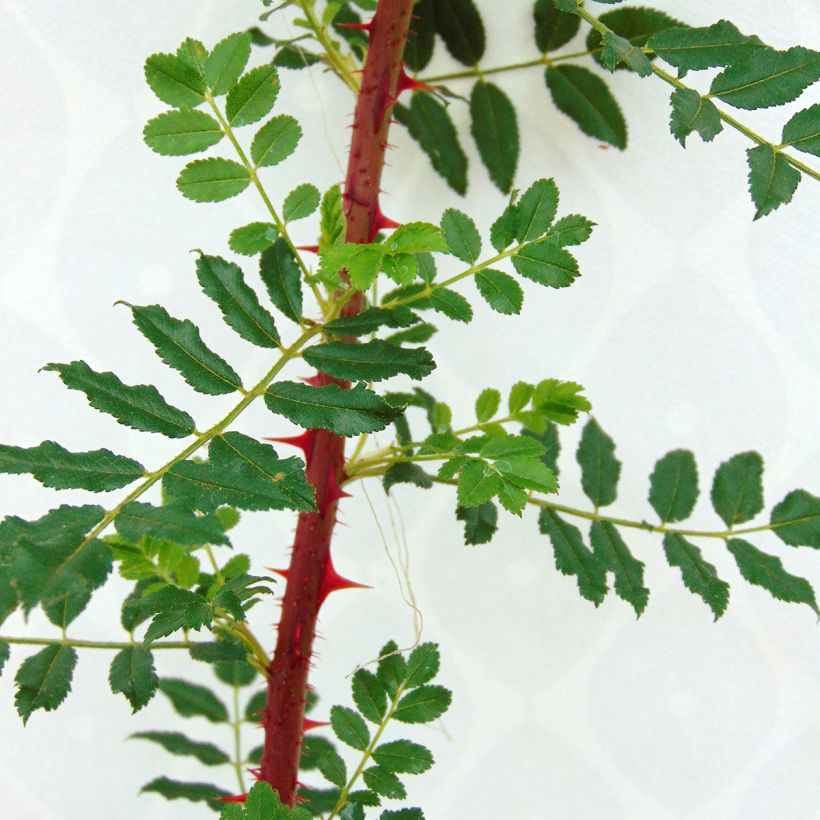

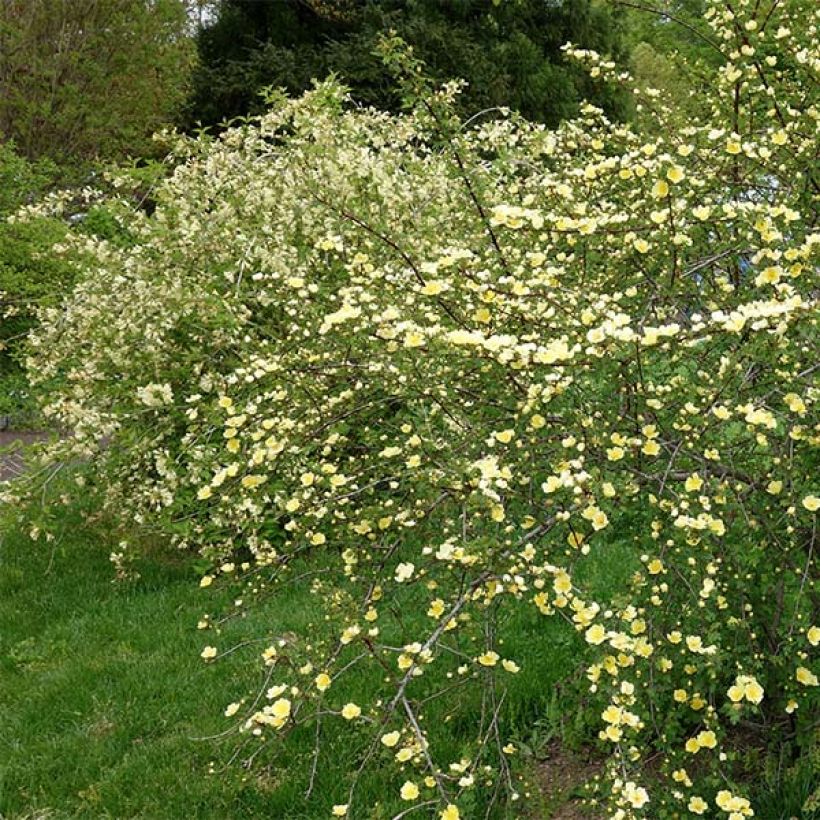

Plant habit
Flowering
Foliage
Botanical data
Rosa
hugonis
Rosaceae
Hugo's Rose
China
Rosa canina Laxa (3L/4L pot, Wrapped bare root)
Planting and care
The yellow China rose is a low-maintenance plant that thrives in sunny regions and can adapt to any type of soil, including sandy or rocky soils. It is disease-resistant, cold-resistant, and can survive in poor or occasionally dry soils. To grow it successfully, plant it in well-prepared, well-drained soil in a sunny or partially shaded location. The rose tolerates warm climates well and can withstand temperatures as low as -25°C (-13°F). To maintain a bushy habit, remove the oldest branches (2-3 years old) after winter. Dead wood can also be removed in winter, and faded flowers can be removed as needed. After the risk of frost has passed in spring, a light pruning can be done. This rose is versatile and can be used in hedges, pruned, or trimmed after flowering.
During the end of summer, roses may often appear stained or unsightly. However, it is important to note that this is a natural phenomenon and should not pose any harm to the development of the rose.
Planting period
Intended location
Care
Planting & care advice
-
, onOrder confirmed
Reply from on Promesse de fleurs
Haven't found what you were looking for?
Hardiness is the lowest winter temperature a plant can endure without suffering serious damage or even dying. However, hardiness is affected by location (a sheltered area, such as a patio), protection (winter cover) and soil type (hardiness is improved by well-drained soil).

Photo Sharing Terms & Conditions
In order to encourage gardeners to interact and share their experiences, Promesse de fleurs offers various media enabling content to be uploaded onto its Site - in particular via the ‘Photo sharing’ module.
The User agrees to refrain from:
- Posting any content that is illegal, prejudicial, insulting, racist, inciteful to hatred, revisionist, contrary to public decency, that infringes on privacy or on the privacy rights of third parties, in particular the publicity rights of persons and goods, intellectual property rights, or the right to privacy.
- Submitting content on behalf of a third party;
- Impersonate the identity of a third party and/or publish any personal information about a third party;
In general, the User undertakes to refrain from any unethical behaviour.
All Content (in particular text, comments, files, images, photos, videos, creative works, etc.), which may be subject to property or intellectual property rights, image or other private rights, shall remain the property of the User, subject to the limited rights granted by the terms of the licence granted by Promesse de fleurs as stated below. Users are at liberty to publish or not to publish such Content on the Site, notably via the ‘Photo Sharing’ facility, and accept that this Content shall be made public and freely accessible, notably on the Internet.
Users further acknowledge, undertake to have ,and guarantee that they hold all necessary rights and permissions to publish such material on the Site, in particular with regard to the legislation in force pertaining to any privacy, property, intellectual property, image, or contractual rights, or rights of any other nature. By publishing such Content on the Site, Users acknowledge accepting full liability as publishers of the Content within the meaning of the law, and grant Promesse de fleurs, free of charge, an inclusive, worldwide licence for the said Content for the entire duration of its publication, including all reproduction, representation, up/downloading, displaying, performing, transmission, and storage rights.
Users also grant permission for their name to be linked to the Content and accept that this link may not always be made available.
By engaging in posting material, Users consent to their Content becoming automatically accessible on the Internet, in particular on other sites and/or blogs and/or web pages of the Promesse de fleurs site, including in particular social pages and the Promesse de fleurs catalogue.
Users may secure the removal of entrusted content free of charge by issuing a simple request via our contact form.
The flowering period indicated on our website applies to countries and regions located in USDA zone 8 (France, the United Kingdom, Ireland, the Netherlands, etc.)
It will vary according to where you live:
- In zones 9 to 10 (Italy, Spain, Greece, etc.), flowering will occur about 2 to 4 weeks earlier.
- In zones 6 to 7 (Germany, Poland, Slovenia, and lower mountainous regions), flowering will be delayed by 2 to 3 weeks.
- In zone 5 (Central Europe, Scandinavia), blooming will be delayed by 3 to 5 weeks.
In temperate climates, pruning of spring-flowering shrubs (forsythia, spireas, etc.) should be done just after flowering.
Pruning of summer-flowering shrubs (Indian Lilac, Perovskia, etc.) can be done in winter or spring.
In cold regions as well as with frost-sensitive plants, avoid pruning too early when severe frosts may still occur.
The planting period indicated on our website applies to countries and regions located in USDA zone 8 (France, United Kingdom, Ireland, Netherlands).
It will vary according to where you live:
- In Mediterranean zones (Marseille, Madrid, Milan, etc.), autumn and winter are the best planting periods.
- In continental zones (Strasbourg, Munich, Vienna, etc.), delay planting by 2 to 3 weeks in spring and bring it forward by 2 to 4 weeks in autumn.
- In mountainous regions (the Alps, Pyrenees, Carpathians, etc.), it is best to plant in late spring (May-June) or late summer (August-September).
The harvesting period indicated on our website applies to countries and regions in USDA zone 8 (France, England, Ireland, the Netherlands).
In colder areas (Scandinavia, Poland, Austria...) fruit and vegetable harvests are likely to be delayed by 3-4 weeks.
In warmer areas (Italy, Spain, Greece, etc.), harvesting will probably take place earlier, depending on weather conditions.
The sowing periods indicated on our website apply to countries and regions within USDA Zone 8 (France, UK, Ireland, Netherlands).
In colder areas (Scandinavia, Poland, Austria...), delay any outdoor sowing by 3-4 weeks, or sow under glass.
In warmer climes (Italy, Spain, Greece, etc.), bring outdoor sowing forward by a few weeks.






























